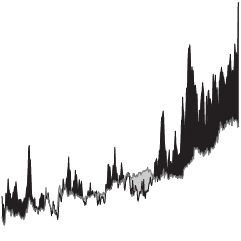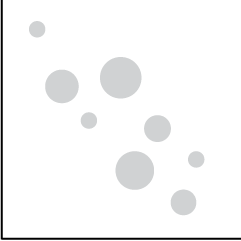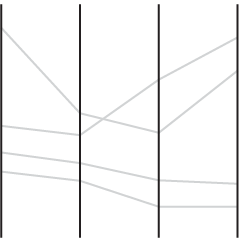The classic coin flip is treated as a fair way to make decisions, assuming an even chance for heads or tails on each flip. However, František Bartoš was curious and recruited friends and colleagues to record over 350,000 flips. There appeared to be a slight bias.
For Scientific American, Shi En Kim reports:
The flipped coins, according to findings in a preprint study posted on arXiv.org, landed with the same side facing upward as before the toss 50.8 percent of the time. The large number of throws allows statisticians to conclude that the nearly 1 percent bias isn’t a fluke. “We can be quite sure there is a bias in coin flips after this data set,” Bartoš says.
There is probably more than one caveat here, but even though there were a lot of flips, they only came from 48 people and the bias varied across flippers.
Of course, if you’re trying to get a call in your favor, maybe try to catch a glimpse of which side is up and choose accordingly. Couldn’t hurt.

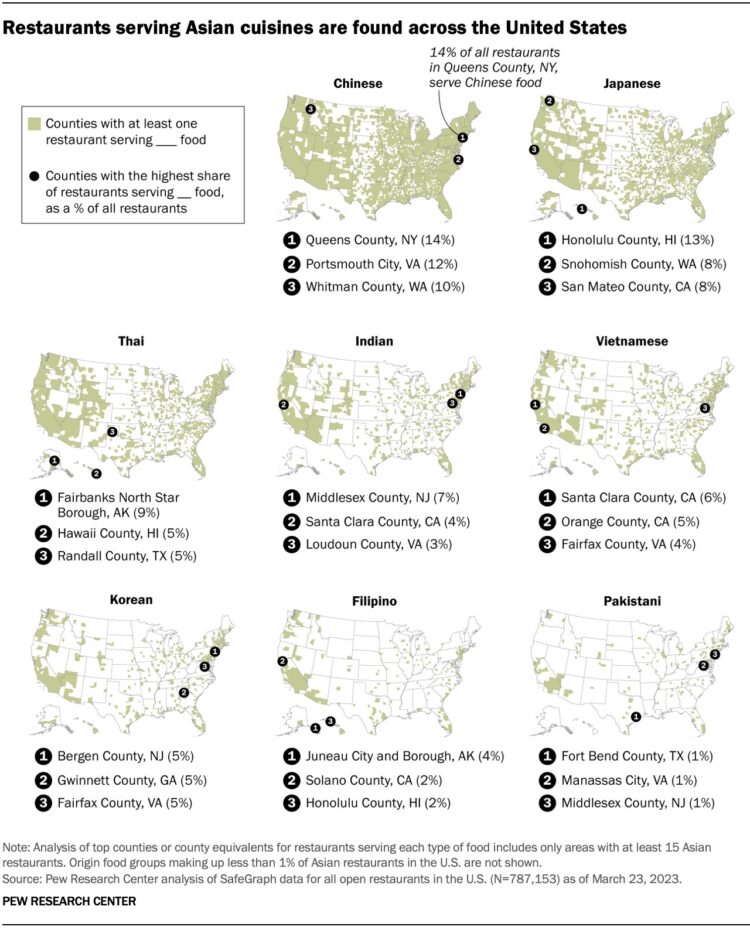
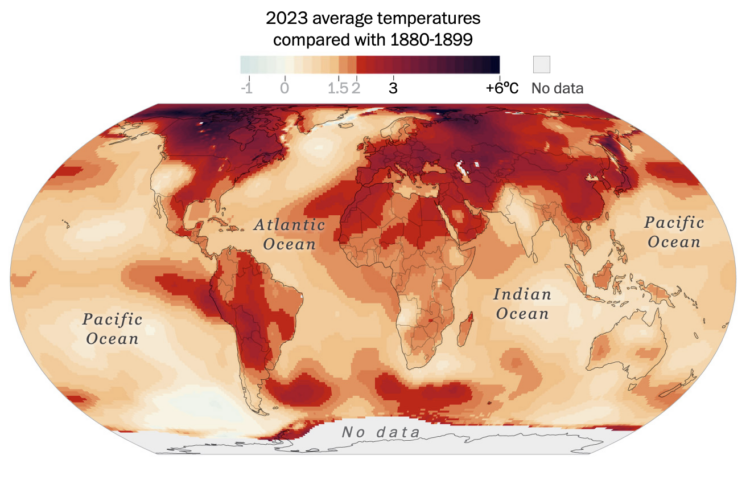
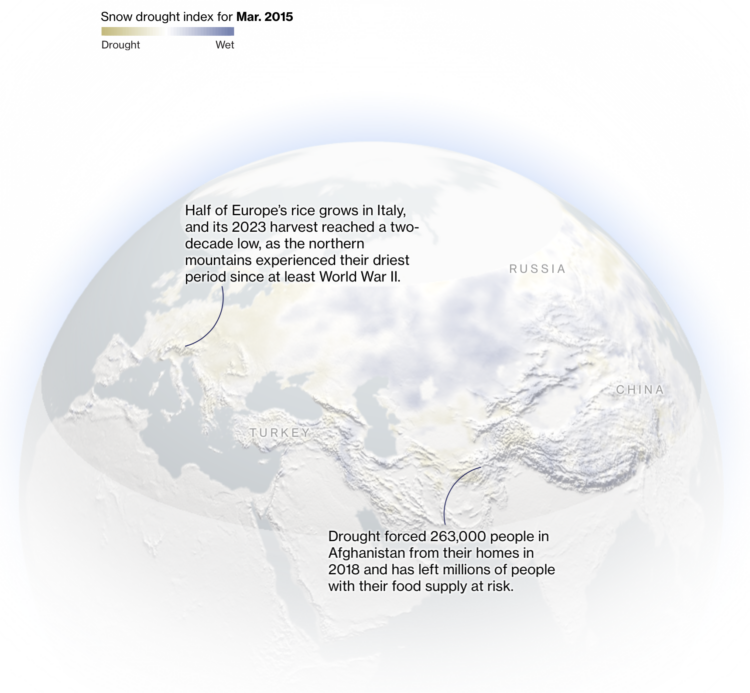
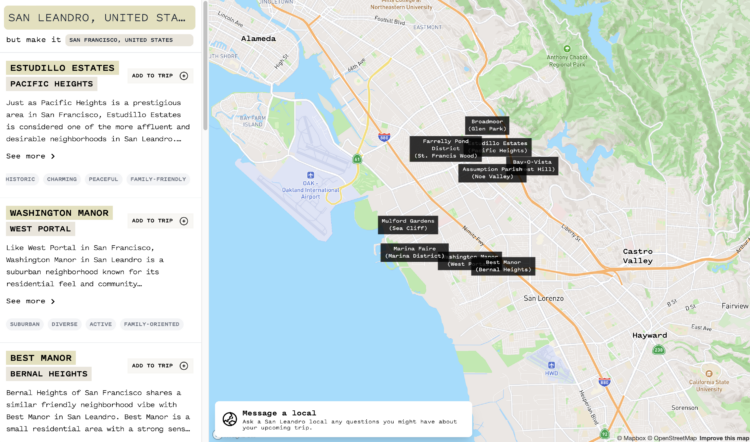
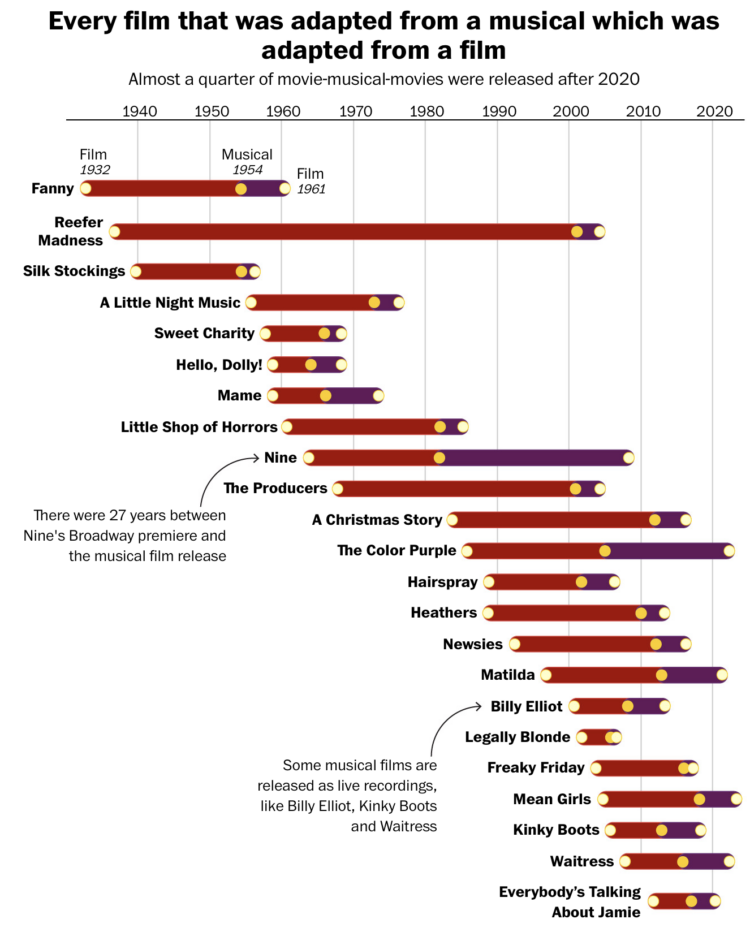


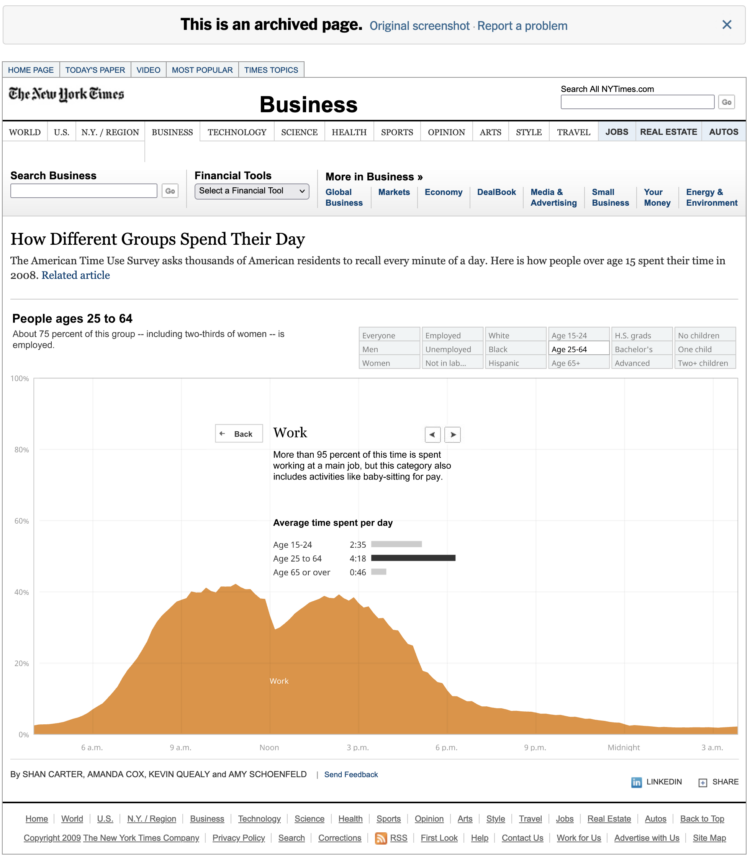

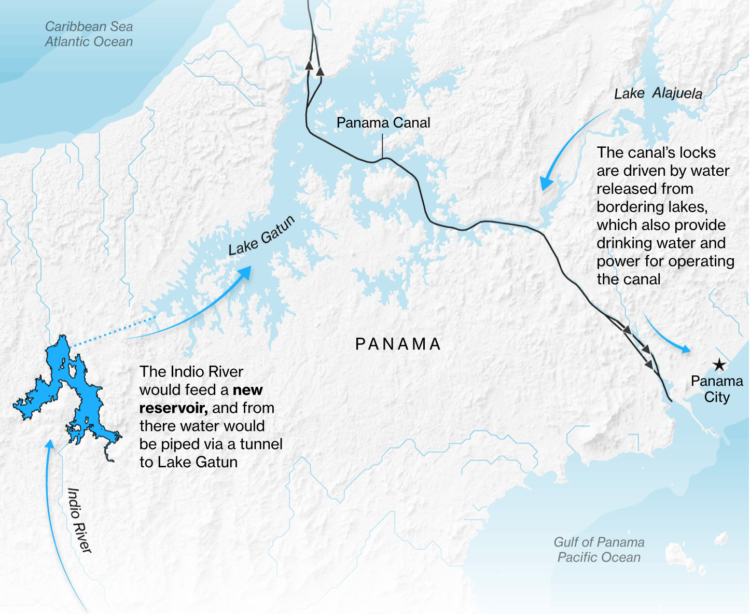


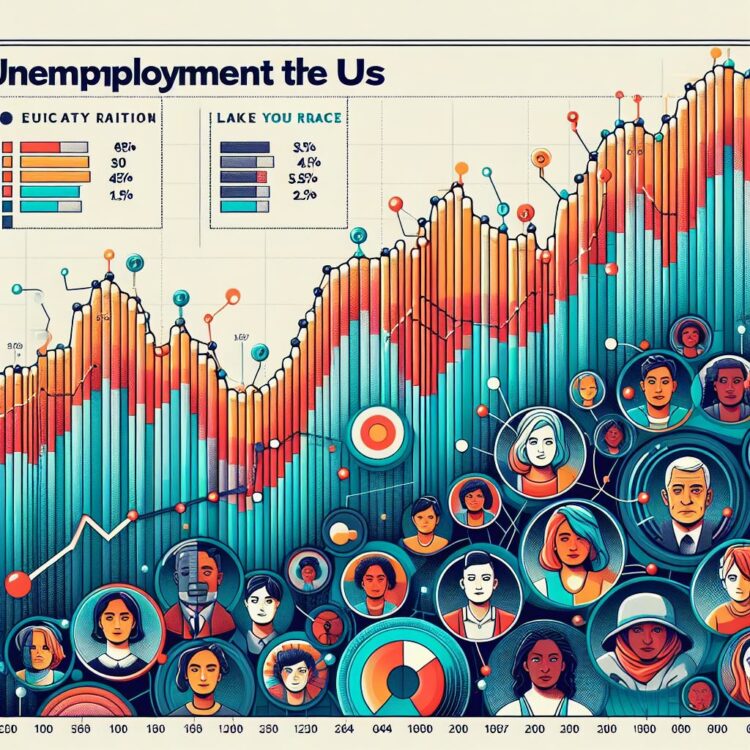

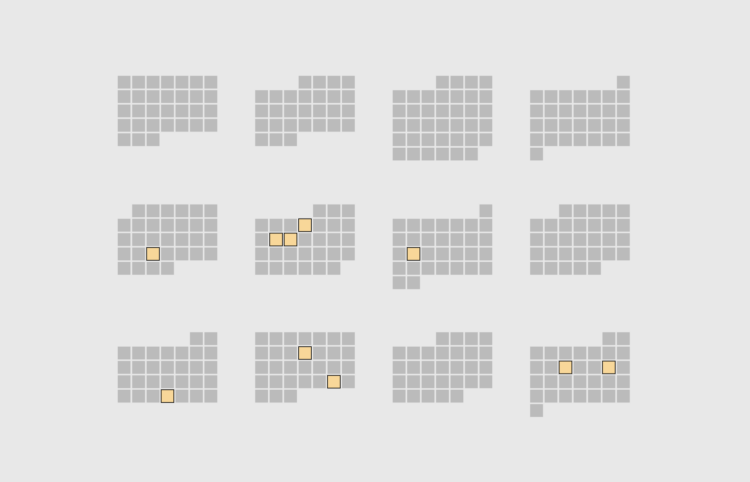

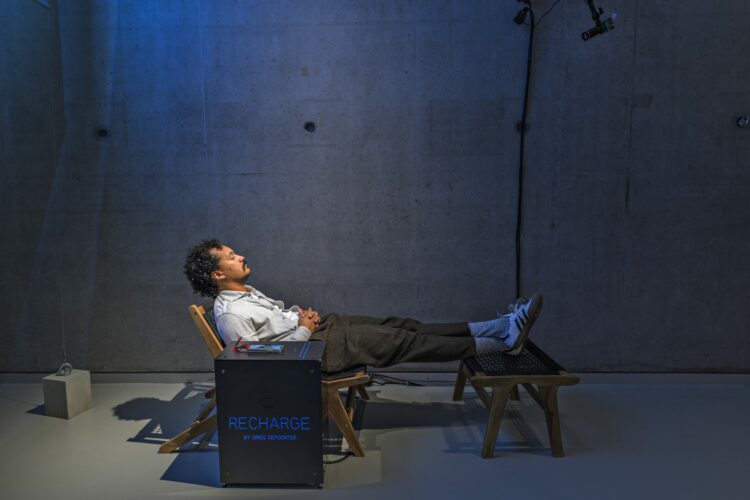
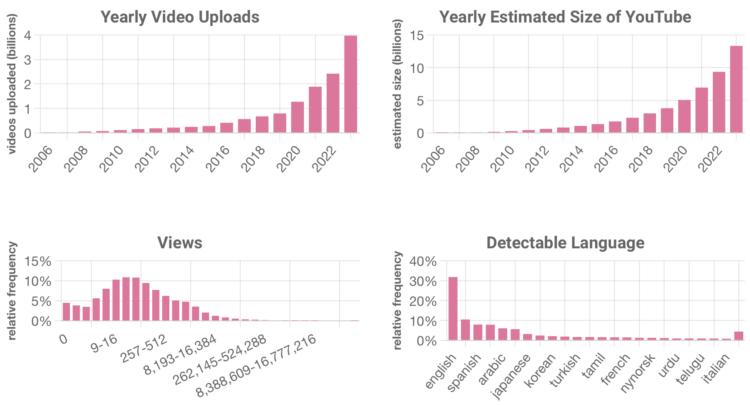
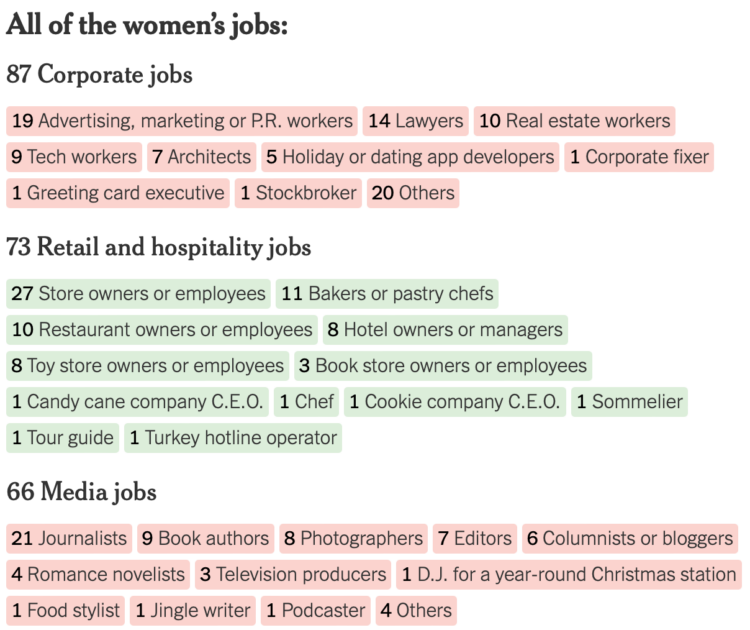

 Visualize This: The FlowingData Guide to Design, Visualization, and Statistics (2nd Edition)
Visualize This: The FlowingData Guide to Design, Visualization, and Statistics (2nd Edition)

